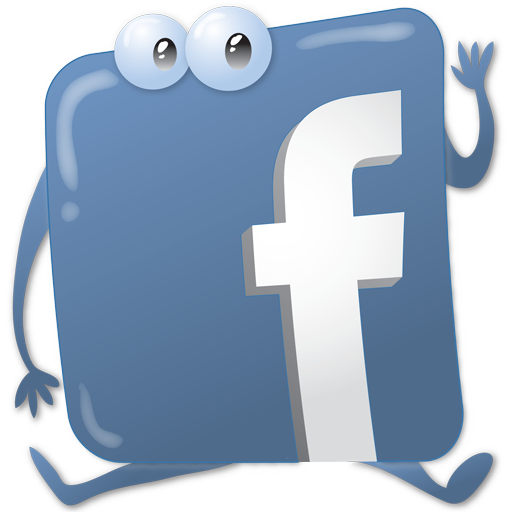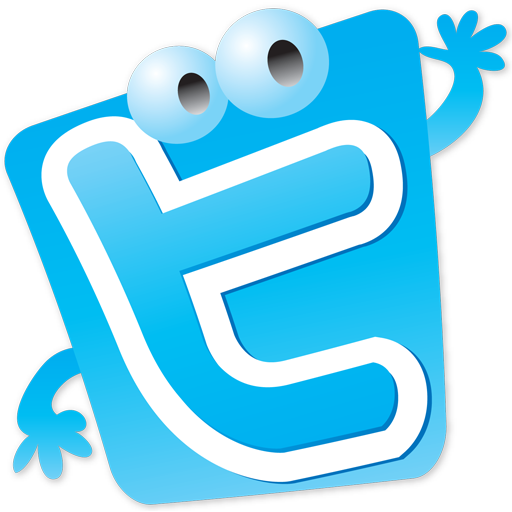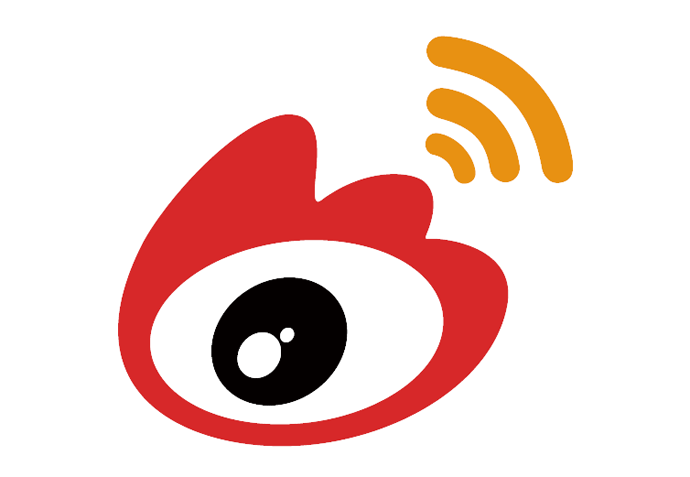
Products you need for your baby
What baby products are essential for the first year? Here's a list of the main things you'll need to clothe, move, and feed your baby, as well as give him a safe place to sleep and explore.If you want to go beyond the basics, check out this list of product "extras" that can make the first year easier. We have specific information about the supplies you need in the first six weeks and what to put on your baby registry, too.
Baby clothing
Baby clothing is usually sized as preemie, newborn, 3 months, 6 months, 9 months, and 12 months. Some babies never need newborn sizes (they go straight to 3 months), but that's hard to predict in advance, so you may want to have some on hand. Also, babies grow quickly, so make sure you have the next size up!For everyday wear, think comfort and ease. Look for soft, roomy, durable clothing that allows your child freedom to move and explore and that can hold up through frequent washings. (Spit-up and grime take their toll.)
Should you buy organic baby clothing? It's made without harsh dyes or potentially harmful chemicals, but it's usually priced at a premium – and few would say it's absolutely necessary. Whatever you choose, use a gentle, baby-friendly detergent to avoid skin irritation.
Here are the basics your baby will need. (Suggested amounts are for a three-month period; replenish as your baby grows.)
One-piece outfits (5 to 7): Some of these are basically spiffed-up jammies appropriate for sleeping and playing – and because babies nap so frequently, especially at first, these are super convenient. Look for one-piece outfits that zip or snap down the front and all the way down the leg; these allow you to change your baby's clothes easily without pulling things over her head. Make sure whatever you buy opens easily at the bottom for diaper changes.
Shirts (5 to 7): Look for T-shirts and turtlenecks with plenty of room in the neck, or snaps at the neck, so they slip easily over your child's head. Many parents prefer styles that go over the tummy and diaper and snap at the crotch.
Leggings or pull-on pants (5 to 7): Separates allow you to change one piece of dirty clothing without assembling a whole new outfit, so they're useful to have on hand. Look for stretchy waistbands that fit easily over your baby's diaper and belly – and expand as he gains weight.
Outer layers (5): Sweaters, fleece jackets, and sweatshirts that zip up are easy to put on and take off. Many small children don't like pushing their head through a small neck opening.
Buy larger sizes and look for items with loose armholes that won't require tugging and fussing. Hoods are helpful for this age – just slip one over your baby's head when the temperature is chilly.
Avoid clothing that has dangling strings, tassels, and ribbons – these are choking hazards.
Hats and mittens: A broad-brimmed sun hat for the summer and a warm hat that covers the ears in the winter should do the trick. Mittens for babies are shaped like bags with elastic at the wrist, making them easy to get on and off little hands.
Socks or booties: You'll need lots of socks for indoors and some booties for outdoor wear.
Shoes: You may not need to buy real, hard-soled shoes during your baby's first year. Some doctors recommend waiting until your child is a strong walker because shoes can interfere with development. Until your baby's ambling well, cover her feet with socks or booties that have nonskid bottoms.
When it comes time to buy sturdier footwear, go to a store that specializes in children's shoes. A salesperson can advise you on the most comfortable brands and what size to buy to allow for growth, and will measure your child's feet to ensure a comfortable and proper fit.
Pajamas/sleepers (5 to 7): There are three things to think about when dressing your baby for bed: your baby's comfort, his safety, and your ability to get to the inevitable middle-of-the-night dirty diaper. No matter how cute it looks, avoid sleepwear that has complicated snaps or requires lots of effort to get on or off!
Soft, breathable natural fabrics like cotton are comfy, and if they fit snugly they're a good alternative to synthetic, flame-resistant clothing (usually made of polyester). Avoid ribbons, strings, ties, and other decorative items that could get wrapped around your baby and pose a choking hazard.
You'll want to dress your baby in sleepwear that's safe and comfortable and that helps her maintain a good body temperature.
Contrary to what you might hear, baby sleepwear doesn't have to be flame resistant. Soft, breathable natural fabrics like cotton are fine, but they must be used in a garment that fits snugly to be safe. By U.S. law, as of June 2000, children's sleepwear must be labeled as either snug-fitting (so it won't easily catch fire) or flame resistant.
Avoid ribbons, strings, ties, and other decorative items that could get wrapped around your baby and pose a choking hazard.
As for how much to bundle up your baby, don't overdo it. Overheating is a risk factor for sudden infant death syndrome (SIDS).
Start by keeping the room at a temperature that's comfortable, not hot — 70 to 72 degrees is a good range. Then dress your baby for bed in whatever you're comfortable in plus one layer. So if you feel fine in one layer, put two layers on your baby.
Booties are a good way to keep her toes warm when it's chilly, and, since much of her body heat escapes from her head, a skull cap is also a good idea. Don't cover her up with big, fluffy blankets or comforters, though, because these could wind up over her head and lead to suffocation or SIDS. Opt for a sleep sack instead.
During warm weather your baby can sleep without extra layers. Just keep her away from direct air conditioning vents and drafty windows.
Deborah Lin-Dyken
pediatric sleep disorders expert
Diapering
Diapers: Whether you use cloth or disposable or something in between (some diapers use a reusable cover with a disposable lining), your baby probably will go through ten to 12 diapers a day at first, so plan accordingly.Wipes: Whether you plan to buy wipes, make your own, or use a washcloth and warm water, you'll want to be prepared.
Changing pad or table: You don't have to buy an official changing table, but you'll probably want to have some designated place for diaper changes. Some parents use a changing pad or just a towel on the floor or bed. (Keep your hand on your baby at all times when changing on an elevated surface!)
Baby gear
Baby carrier: Wearing your baby means your little one gets to snuggle close to you, and you'll have two free hands to tote everything else.When choosing a carrier, check to make sure all straps and harnesses will support your baby securely and that the carrier can be laundered or cleaned without much work. Note: Although many parents swear by slings, this type of baby carrier has been linked to injuries and suffocation in babies. The U.S. Consumer Product Safety Commission has safety tips for parents using slings.
Stroller: You'll need an efficient way to roll your baby around town. Think carefully about your specific needs: Do you want storage space to make shopping with your baby easier? Do you want a seat that reclines for easy napping? Will you be climbing up and down a lot of stairs? See our stroller talkfor more help.
Car seat: A safe car seat is mandatory. Tempting as it may be, resist buying a used car seat. Safety regulations have changed over the years, and you need to make sure your baby's car seat meets all current guidelines. (They actually have expiration dates, usually within five years of manufacture. Check the seat for a sticker.)
Also, you may not know if a secondhand seat has been in a fender bender, which means it can no longer be used.
Breastfeeding and bottle-feeding
Nursing/feeding pillow: Specially designed to support your baby while you're nursing or bottle-feeding, these can help you avoid straining your shoulders or neck during feeding sessions. They're more convenient – and better at keeping your baby in position – than regular pillows.Breastfeeding accessories: Lanolin ointment (available in many drugstores) can help relieve sore nipples. And hot/cold gel packs, which fit inside your bra, can soothe swollen or sore breasts. It's normal for your breasts to leak while you're nursing, and disposable breast pads – or reusable, washable ones – will keep you and your shirts nice and dry.
Burp cloths (6 to 12): To catch spit-up and wipe up other baby fluids.
Bottles (6 to 12): Newborns usually start with the 4-ounce size, but you'll need some 8-ounce bottles as your child begins to drink larger amounts. You'll also need at least as many nipples as bottles.
When it comes to what kind of baby bottle to use, some parents insist on ones that don't contain phthalates and bisphenol A (BPA). Debate continues over the harm either chemical may cause humans. If you'd rather err on the side of caution, look for bottles marked BPA- and phthalate-free – or go for glass bottles.
Formula: If you can't or don't plan to breastfeed, there are numerous infant formula options to choose from – check out our formula primer and talk to your healthcare provider.
Bottle brushes (2): These are handy for thoroughly scrubbing small parts and crevices in bottles, bottle parts, and nipples.
Breast pump: You may want to pump breast milk to feed your baby. Breast pumps can be as simple as a basic hand pump or as efficient as an electric model that allows you to pump from both breasts simultaneously. One of the most popular brands zips everything up in a backpack and comes with a small cooler to store milk. Our breast pump guide can help you decide which type to go with and whether to rent or buy.
Breast milk bags: You can pump milk straight into a bottle, but many women use specially made plastic storage bags, which don't take up much space in the freezer and can be defrosted easily. The number of bags you'll need depends on how often you intend to pump. Start with one box and work from there.
Feeding
When your baby is ready for solid food, somewhere between 4 and 6 months of age, you'll need a few key supplies.Highchair: You don't have to buy a freestanding highchair. A seat that hooks onto a counter or table, or a portable highchair that attaches to a regular chair, can work fine as well. But a full-size highchair with a tray can make cleanup easier, and rolling wheels allow you to move the chair from room to room (say, the dining room to the kitchen) without a fuss. Look a model that's easy to clean – you can count on food getting mushed into every crack.
Bowls: Some parents like baby bowls with suction cups on the bottom – these stick to the tray and resist being flung to the floor.
Baby spoons: A rubber-tipped or plastic spoon is easier on your baby's gums and small enough to fit easily into a little mouth.
Sippy cups (3 to 5): These cups come with a lid and a spout for easy drinking. And (the real plus) they don't spill when knocked over. Cups with handles will probably be easiest for your child to manage at first. Avoid cups with attached straws – they're hard to clean and spill easily. If you're concerned about BPA, phthalates, and other chemicals in plastics, alternatives abound, including reusable metal water bottles small enough for a baby's hands.
Bibs (3 to 5): Plenty of styles are available. Waterproof or quick-drying kinds are useful, as are bibs with a pocket at the bottom to catch falling food.
Baby soothers, toys, and entertainment
Pacifiers: Some babies love them, some don't. Pacifiers aren't a necessity by any means, but for some parents and babies, these soothers are an essential item.Bouncy seat: Also called a bouncer, these baby seats bounce up and down when your little one kicks or moves. It's a handy, safe place to put your baby down (thanks to the attached straps), and many babies love the motion.
Play mat/gym: These are soft mats with baby toys that dangle from overhead. Young babies (who aren't mobile yet) can have a ball staring and batting at the toys. Fancy versions feature lights and sounds, too.
Toys: Your baby doesn't need a lot of fancy playthings, but it's nice to have a few rattles, musical toys, and soft toys at the ready
Books: Chunky board books are a great way to introduce reading to your baby. Here are some of our favorite books for babies.
Sleeping
Crib and mattress: Many new parents don't need a crib right away, choosing to use a bassinet or play yard with bassinet feature or bring their newborn into their bed instead. But you'll likely want to move your baby into a crib sometime in the first year, so it’s helpful to have it set up.When buying, look for a sturdy crib with slats that aren't too far apart – no more than 2 3/8 inches (about the size of a soda can). Avoid drop-side cribs, which have caused dozens of baby deaths and were banned in the U.S. in 2010.
Bedding: Though you'll see plenty of fancy bedding sets in baby stores, all you really need are about three to five fitted crib sheets and perhaps a waterproof crib mattress pad. In fact, the bumpers, pillows, quilts, and soft blankets that often come with baby bedding sets shouldn't go in your baby's crib because they increase the risk of SIDS.
Wearable blankets (2 to 3): These fleece or cotton sacks zip over your baby's sleepwear and keep him warm at night. They replace traditional blankets, which aren't safe for sleeping babies because of the risk of SIDS. You may or may not need these, depending on the climate where you live and what season your baby's born in.
Swaddling blankets (3): Many newborns love to be swaddled, and having a few blankets made just for this purpose can make your life much easier. Note: Some wearable blankets are also made for swaddling, with flaps that fold over your baby's arms and secure with Velcro.
Safety
You'll need to watch out for the biggest household dangers for newborns and childproof your home as soon as your child is mobile – rolling, crawling, or creeping around.A few pieces of safety equipment can help protect your baby from many common hazards.
Safety gates: If you have stairs, invest in safety gates for the top and bottom. You can also use a gate to block off areas of the house that might be perilous, such as the bathroom or your office.
Outlet covers: Exposed outlets are an almost irresistible attraction to curious explorers. Bottom line: Keep them covered.
Cupboard and drawer latches: Choose from several types, including ones that latch or twist open and closed. Tug at them to make sure they can withstand numerous tries by a determined toddler.
Toilet seat locks: Babies can drown in as little as 2 inches of water, so keep your baby and his toys out of the toilet with a lock. These fasten on top of a closed seat and require you to press a button or undo a latch to open them.
Baby monitors: These gadgets – which come with a transmitter and at least one receiver – allow you to keep tabs on your baby while you're in another room. The transmitter needs to be close enough to your baby's crib to pick up sounds (within 10 feet) but far enough away to ensure that the cord's out of reach if there is one. You can opt for a traditional audio model or a fancier (and more-expensive) video monitor that lets you see your baby.
Health
First-aid kit: See what to keep in your first-aid kit.Bulb syringe: Use with saline drops to clear your baby's stuffy nose.
Teething toys: Chewing on these can ease your baby's discomfort during teething.
Digital thermometer: This is an important item to have in your medicine chest.
Baby nail scissors or clippers: These help you trim your baby's nails safely.
Baby-friendly laundry detergent: Some brands are specially formulated to be gentle on baby skin, although brands for sensitive skin are fine, too.
A soft-bristled baby brush: This is especially helpful for handling cradle cap.

QR code this page


免責聲明. 本網站所載資料只供一般參考之用。我們會竭力提供一個方便、實用而且資料豐富的網站,並確保一般的資料準確無誤。但並不對該等資料的準確性作出任何明示或隱含的保證。




沒有留言:
張貼留言